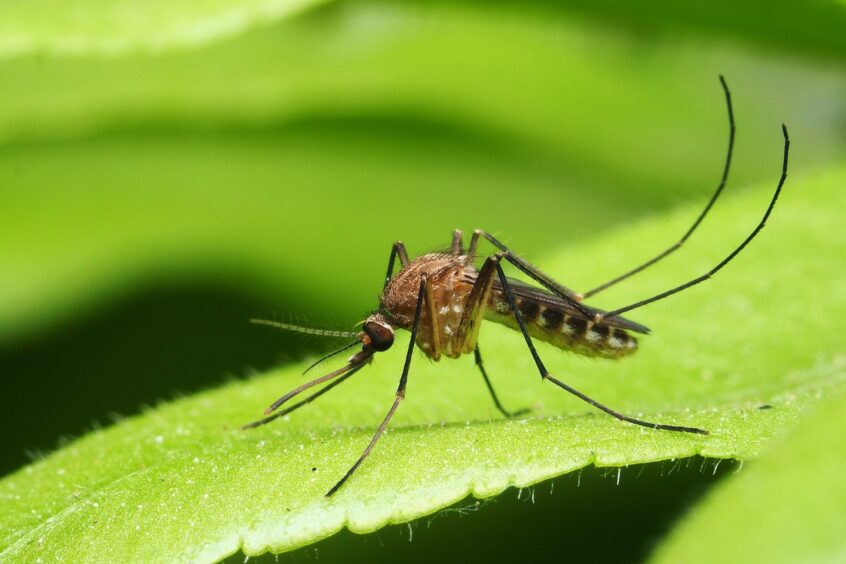Scots are being urged to be aware of unusual infectious illnesses they could encounter on their travels this summer.
Travel was one of the ways Covid and monkeypox have spread around the world.
And tomato flu, haemorrhagic fever and even the bubonic plague are currently in circulation.
But what are these diseases? Where can you catch them? And are you really likely to catch the plague on your summer travels?
We spoke to Professor Neil Mabbott, personal chair of immunopathology at Edinburgh University, to find out more.
Tomato flu
Authorities in India are on high alert after a tomato flu outbreak. More than 80 cases have been reported in children in India since May 6.
The disease gets its name because of the tomato-like red blisters it causes – similar to monkeypox. It mainly affects children under the age of five.

The illness can also cause tiredness, joint pain, stomach cramps, nausea, vomiting, diarrhoea, coughing, sneezing, runny nose, high fever, and body ache.
It is not entirely known what causes tomato flu, but some think it is a viral infection.
Others believe it to be an after-effect of diseases such as chikungunya or dengue fever – both of which are caused by mosquito bites.
Haemorrhagic fever
In Iraq, authorities are dealing with a deadly outbreak of haemorrhagic fever, which has killed at least 18 people this year so far.

It is a tick-borne virus which causes fever, muscle aches and abdominal pain.
However, when it develops, it leads to bleeding from the eyes, ears, and nose, as well as failure in the body’s organs.
The bubonic plague
We’ve all heard of the plague from the history books, when it caused one of the most deadly pandemics the world has ever seen.
But did you know it still affects parts of the world today?
A rise of cases is currently being seen in the Democratic Republic of Congo. It is also endemic in Madagascar and Peru.
Humans usually get plague after being bitten by a rodent flea carrying the plague bacterium.
Symptoms include fever, chills, extreme weakness, abdominal pain, shock, and possibly bleeding into the skin and other organs.
Skin and other tissues may turn black and die, especially on fingers, toes, and the nose.
Today, modern antibiotics are effective in treating the plague, but without prompt treatment, the disease still kills.
Am I going to catch these on my summer holiday?
If your travel destination doesn’t have an active outbreak of an infectious disease, you shouldn’t have too much to worry about.
But there are still concerns about how travel this summer could affect the spread of viruses and other illnesses.
According to Prof Mabbott: “For the majority of the travelling public, the risk of catching a novel infectious disease during their summer holiday remains very low.
“That said, countries around the globe need to work together and learn the lessons from the Covid-19 pandemic.
“Diseases that can spread from animals to people are known as zoonotic diseases.
“Unfortunately, it is highly likely that there will be another pandemic due to the spillover of an infectious zoonotic disease from wildlife to humans.
What is #plague?
Plague is caused by the bacteria Yersinia pestis, usually found in small mammals and their fleas https://t.co/fGplUSKC9p pic.twitter.com/VzeiIQ47KS— World Health Organization (WHO) (@WHO) October 2, 2017
“But predicting when and where this will occur is very difficult. This could happen in a decade or so, or much earlier.”
So, while you’re unlikely to pick up one of these diseases on your travels, it’s important to remain vigilant, maintain good hygiene and stick to the health advice in your destination country.
Health advice for your holiday country can he found on the UK Government website.













Conversation